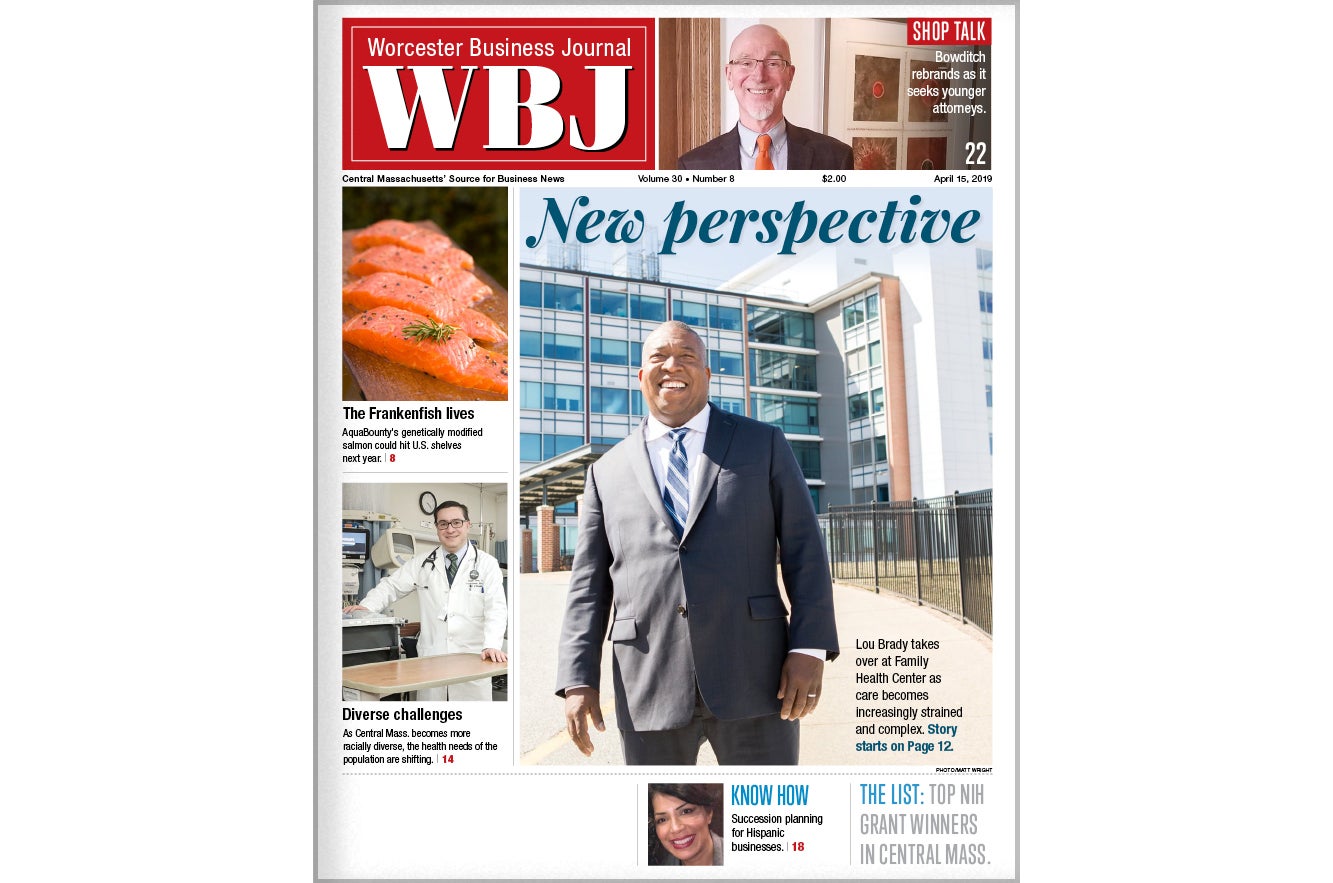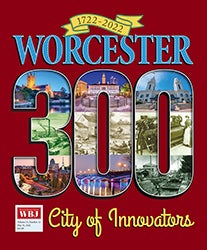
Worcester’s unique authenticity should guide future development
Almost 15 years since Worcester was deemed a Gateway City, it is of value to take a pulse on the impact of development in that time and how it has influenced the fabric of the city. Massachusetts-designated Gateway Cities are generally defined as post-industrial urban areas facing tough social and economic challenges but retain much unrealized potential including its own authentic character.

Worcester’s intrinsic character comes from its rich ethnic heritage sprung from the immigration movement, its phenomenal higher education and cultural institutions, its extensive park system including Olmstead designs, its strong city manager form of government where it is considered a privilege to sit on boards, and its legacy of business innovation.
Major catalyst projects in the past few years have great promise for tapping unrealized potential in the city. Starting with the City Square development reconnecting the east and west sides of the city by detonating a massive wall and spawning surrounding smaller multi-use development projects. The nationally recognized Hanover Theatre historic revitalization project resuscitated a dead zone in the heart of the city to produce Broadway productions and a burgeoning conservatory. And, most recently, the Polar Park minor league ballpark project has converted an industrial era brownfield to a regional magnet.
As density increases, the role of public transportation, connections to parks, and attention to urban infrastructure will become increasingly important.
It is encouraging to see the extent of reimagination for Worcester’s historic buildings. Conversion of the original Worcester County Courthouse to residential lofts, plans for the Ionic Avenue Boys Club to become an arts organization, and the vibrant retail and multi-use Crompton Place all bring new uses to historically significant buildings. Similar efforts for the WWI Memorial Auditorium Building, Main Street churches, and abandoned mill-framed manufacturing complexes would be greatly beneficial.
In order to inject evening and weekend activity in the city, residential development has been rightfully encouraged. From new construction residential towers to loft conversions, dwelling stock in the downtown area is expected to bring forward a demand for grocery, fitness, pet services, dry cleaning, and clothing sources. Under no circumstances should we let this overshadow the value of our tremendous three-decker legacy residential stock. These continue to anchor the distinct neighborhoods making the city so vibrant. Their ability to provide a single-family feel in a multi-family form, plus the character of spacious floor plans is unmatched in new construction.
Part of Worcester’s redevelopment is attributable to the city’s streamlined permitting process, including integrated design reviews, attractive tax-increment-financing program incentives, and willing private and public development planning partners. Local organizations including Preservation Worcester, AIA Central MA, and the Worcester Historical Commission have all been influential in spotlighting the value of the historic architectural fabric of the city.
The city’s Green Worcester Plan draft in April put forward an ambitious set of sustainable design goals. The replacement Doherty Memorial High School is being designed as a prime example of the plan with significantly reduced reliance on fossil fuels. This seems particularly apropos for a municipal school district emphasizing facilities as community centers.
If we were to poll the community to name the top iconic architectural buildings in Worcester, it would not be surprising to see City Hall, early campus buildings, and Mechanics Hall at top. These represent some of the best of the industrial era designs, which are aspirational and inspirational in their effect on people. These buildings are built to last multiple generations, provide a welcoming arrival sequence, and combine lofty and comfortably scaled spaces to achieve special experiences for the occupants.
As the 21st century Worcester evolves, it would be prudent to reference the high standards of the city’s iconic industrial architecture as a marker for success. If we have achieved a level of design and development to provide for generations to come, we will uphold the legacy of Worcester through the lens of the future.
Architecture sets the stage for our cultural development. Catalysts for Worcester’s future development should extend incentives for historic rehabilitation, encourage innovations in energy generation and sustainability, and raise expectations for quality of construction and design. As new development emerges, it will be important to preserve our distinct ethnic notes recognizing the richness in different cultural contributions.
An awareness of Worcester’s unique authenticity should be our guiding star. Finding the lost potential in inherent assets gives us the opportunity to use our past as a springboard for a future relevant and distinct in today’s society.
Kathryn Crockett, AIA, LEED AP, is president of Worcester architectural firm LPA|A.








0 Comments